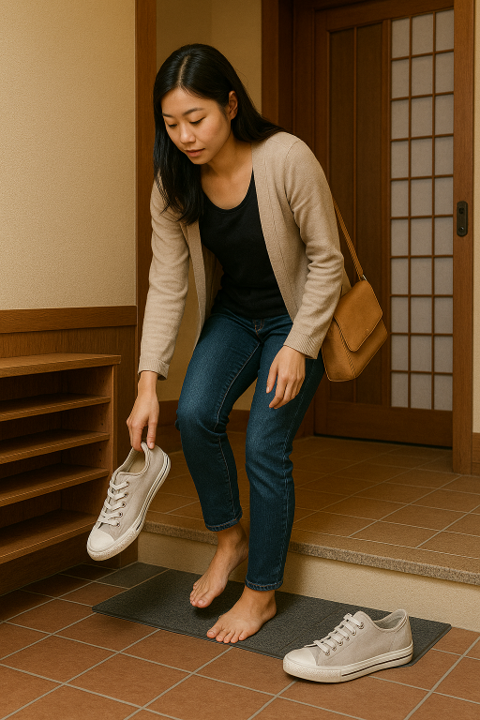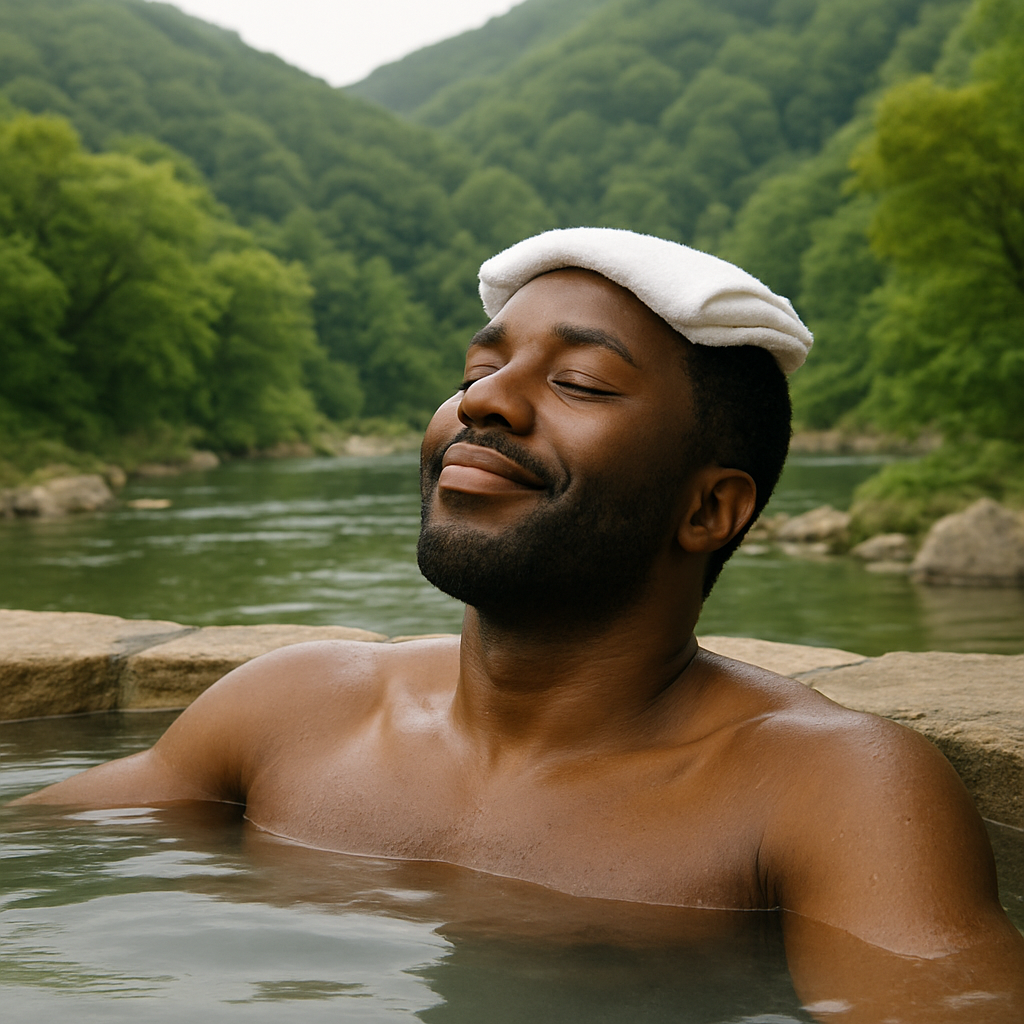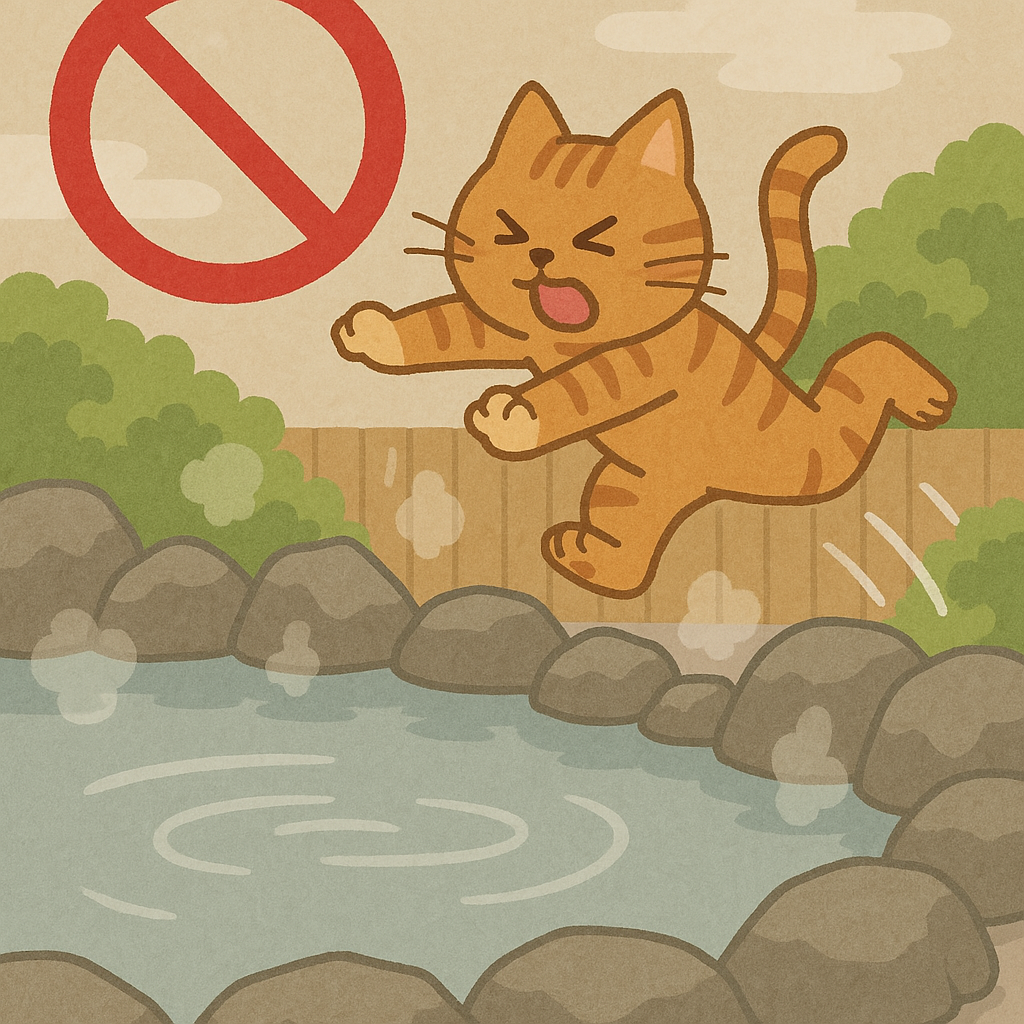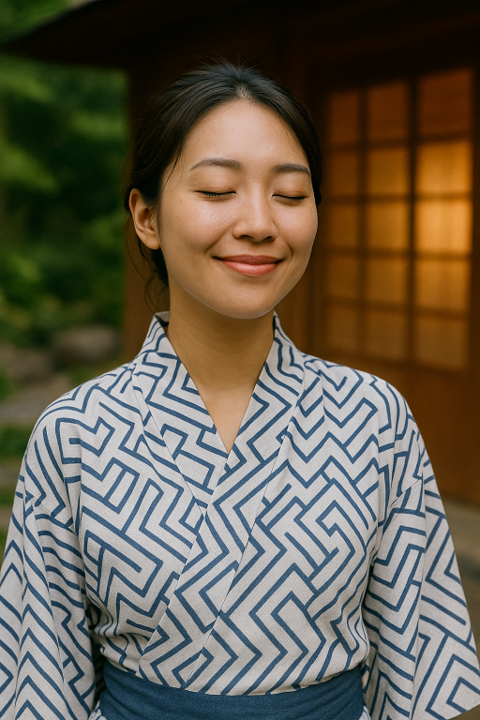Welcome to the World of Japanese Onsen
Hello to all of you planning your 109th trip to Japan!
If you’re venturing beyond Tokyo, Kyoto, and Osaka, chances are you’ll encounter one of Japan’s best-kept secrets—rural hot spring towns where the steam rises gently into the mountains and time seems to slow down.
But before you slip into that soothing, mineral-rich water, there’s one important thing to know: Japanese onsen bathing comes with its own set of customs and manners. Don’t worry—they’re easy to follow and will help you feel more comfortable and respectful when you bathe like a local.
What Is an Onsen, Anyway?
An onsen is a hot spring bath fed by natural geothermally heated water. Japan has thousands of them, from luxury resorts to rustic mountain inns. In many countryside towns—like Daigo in Ibaraki or Aoki Village in Nagano—onsen are central to local life.
Unlike Western-style spas, most onsen require bathers to wash thoroughly before entering and bathe nude, often in communal baths separated by gender.
Let’s walk you through the key steps.
Step-by-Step: How to Bathe in an Onsen
1. Remove Your Shoes at the Entrance
This is true for most Japanese indoor spaces. At the entrance of the bathhouse (onsen ryokan, public bath, or hotel spa), you’ll usually find a place to store your shoes or slippers.

2. Pay and Get a Towel (If Needed)
If you’re at a public bath, there may be a small entrance fee (usually ¥300–¥800). Some places provide towels, while others require you to bring or rent one. You’ll usually need:
- A small towel for washing
- A large towel for drying off (but not for the bath itself)
3. Undress Completely
Japanese onsen baths are nude-only. Don’t worry—this is normal and not considered strange in Japan. Use the locker or basket in the changing room to store your clothes and large towel.
Most places have lockers with keys either in the changing room or near the entrance, where you can safely store your valuables such as your wallet, passport, or smartphone. This allows you to enjoy the bath with peace of mind.

4. Wash and Rinse Your Body First
This is the most important rule. Before entering the bath, go to the washing area and:
- Sit on a small stool
- Use the provided shower, soap, and shampoo to wash thoroughly
- Rinse off all soap and shampoo—no bubbles in the bath!
5. Enter the Bath Quietly and Respectfully
Now you’re ready to soak. Gently step into the bath. Don’t splash or swim. Just relax. You can bring your small towel, but don’t let it touch the water. Many people fold it and place it on their head.

6. Don’t Take Photos Inside
Bathing areas are considered private spaces. Out of respect for others, photography is not allowed.
7. No Diving, No Swimming
Onsen are for soaking, not for playing or exercising. Keep your head above water and avoid loud conversations.

8. After Bathing, Wipe Off Before Entering the Changing Room
Use your small towel to dry off as much as you can before re-entering the changing area. This helps keep the space clean and dry.
Optional: Try the Sauna or Cold Bath!
Many onsen also have saunas or cold baths. You can alternate between them, but always rinse off before re-entering the hot bath.
Other Tips for First-Time Onsen Visitors
Tattoos: Some onsen restrict guests with tattoos, though many are becoming more accepting, especially in rural areas. Check ahead or look for tattoo-friendly options.
- Menstruation: It’s considered inappropriate to enter the bath during your period.
- Children: Kids are usually welcome, but should follow the same etiquette.
- Drinking alcohol before bathing is not recommended—it can cause dizziness or fainting.
Relax, Respect, Repeat

Bathing in an onsen isn’t just about washing—it’s about slowing down, connecting with nature, and being present.
By following these simple manners, you’ll not only have a more authentic experience, but also help preserve the peaceful culture of Japan’s hot springs.
So go ahead—soak, smile, and enjoy that steamy slice of rural Japan.
